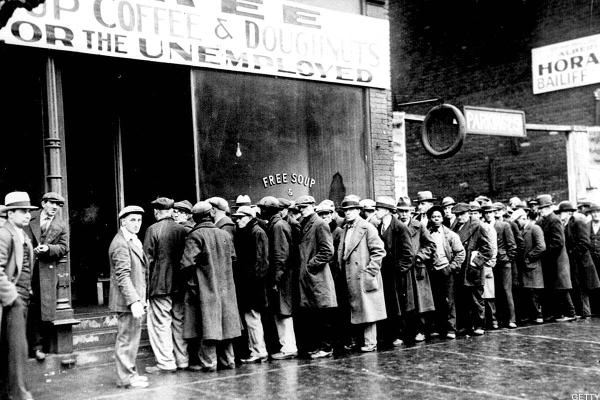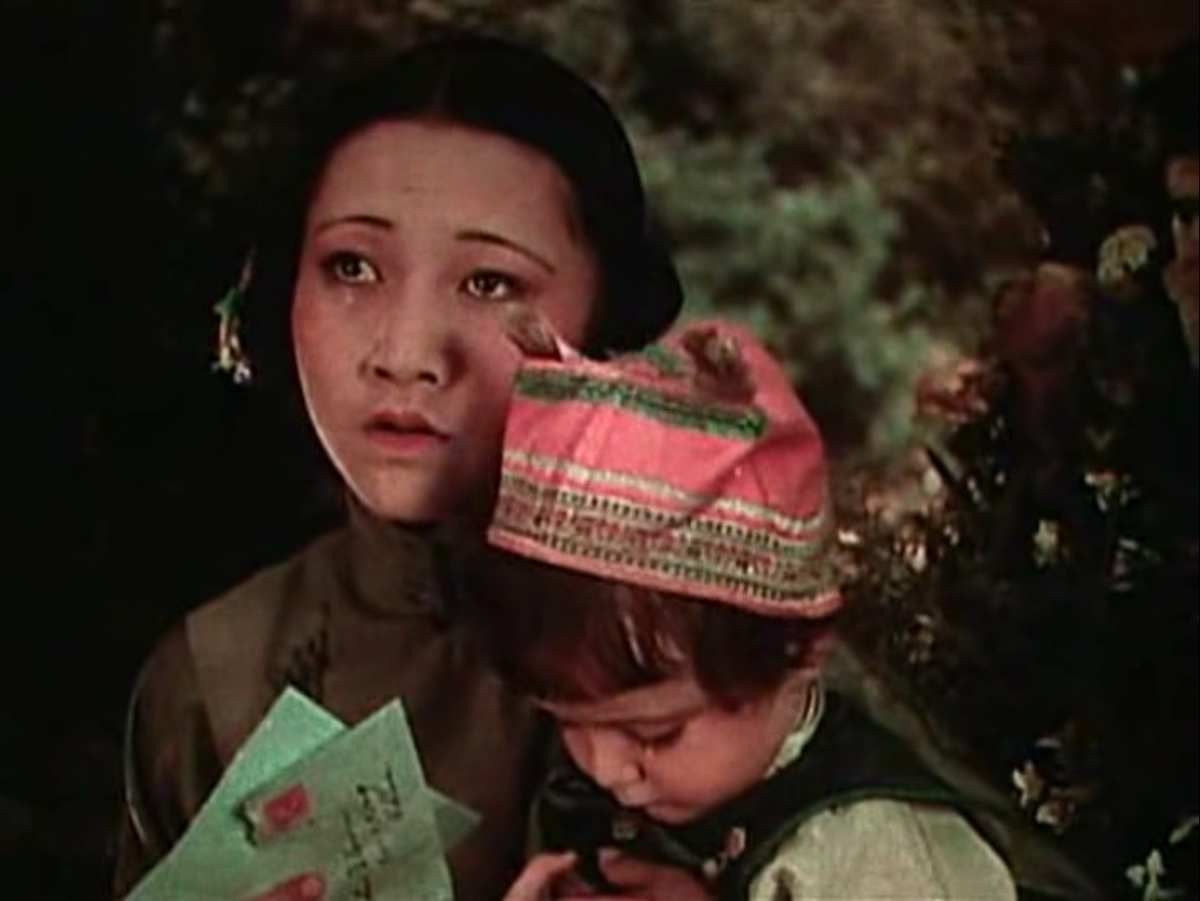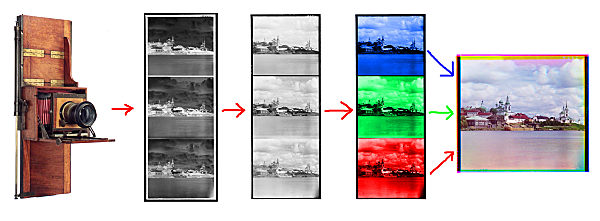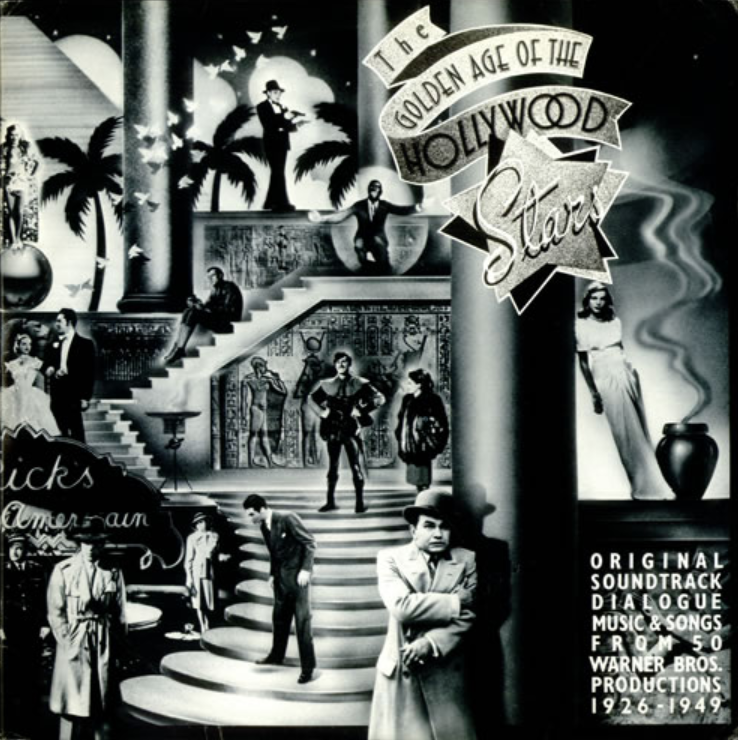Lecture: Fortune and The Führer (1930-45)
This week’s lecture covered the period from the Great Depression, the rise of the Nazi to the end of World War Two. With 30% of the American workforce being unemployed, industries came out with new way for citizens to make money. Particularly in the design industry, the U.S. Works Progress Administration (WPA) created jobs for designers and illustrators by commissioning poster works for other industries. Poster designing opportunities were extended to publicizing exhibitions, theatrical productions as well as health and educational programs. Meanwhile, the pioneers of industrial design, Raymond Loewy and Walter Dorwin Teague, continued to broaden the field by designing trains, Coca Cola vending machines, codex cameras and polaroids etc. Walter Dorwin Teague further went on to set a standard for designer/client relationships in the 1930s with his book Design This Day. Job opportunities were also offered to women with the new airlines emerging. With the 1935 1st Dogulas DC-3 commercial flights (in U.S.) and the 1938 1st commercial flight over the Atlantic launching, aircraft industry was completely revolutionized in the 1930s and 1940s!
Research: The Golden Age of Hollywood
As popular as silent films were during the Pre-WWI era, it still couldn’t quite compete with the Classical Hollywood cinema in the sound era. The sound era in the 20s-50s was a time with highly regimented film production. Once audiences could hear actors speak, listen to pre-recorded musical scores and enjoy sound effects, film cemented its place as the main medium for mass communication, art and commerce.
The Introduction of Sound Era

The Wizard of Oz (1939 film)
The Golden Age of Hollywood describes the period from the introduction of sounds to the demise of studio system in 1927-1948. Although people often confuse “The Golden Age” with “Classical Hollywood cinema”, Golden Age mainly refers to the technical practice; whereas the Classical Hollywood cinema depicts the major narrative and visual styles used by American film industry.
We entered the Golden Age with 5 major studios ruling the Hollywood studio system. These studios include the MGM (Metro-Goldwyn-Mayer), Paramount Pictures, Warner Brothers, 20th Century Fox and RKO Pictures. Some of the most famous films emerged during the Golden Age are The Wizard of Oz, Gone with the Wind, King Kong, Citizen Kane and Disney features like Snow White and the Seven Dwarfs and Pinocchio etc., many of which we still see as classics today.

People lining up at the cinema during the Great Depression
Surprisingly, the height of film production was during the Great Depression. In fact, more films were released by major studios during the 20s to 30s than other decades, averaging about 800 a year, compared to less than 500 per year today. This is partly because watching movies in cinema were relatively cheaper than going to the play or concert. Eventually, genre films, specifically like gangster film, musicals and screwball comedies, became hugely popular at the time (basically anything that take their minds off of the depressing time). It seems like the cinematic experience in films created an illusion of reality and this form of entertainment became an escape to people.
Colour Cinematography
Another major milestone upon the introduction of recorded sounds was coloured films. The earliest technique involved hand-tinting each and individual frames in films. This obviously wasn’t a very practical process at all. Over the decades, engineers also found new ways to add colours. Some involved using stencils to tint the frames, and others required dying the film stocks to create a toning effect. Nevertheless, all these techniques could only create artificial visuals. Eventually, engineers figured out a technique called Technicolor by actually capturing colour with image:

The Toll of the Sea
- The two-colour (red and green) in 1916, first success. The Technicolor Corporation found a way to create red and green separately with a prism beam-splitter behind the camera lens. The lens exposed two consecutive frames, one with red filter and the other with green. The films stocks were eventually cemented together to make red and green frames!

RGB technicolor frames
- The three-strip Technicolor, RGB (red, green and blue) in 1929. After many experimentations over the decades, Technicolor expanded its system into the three-colour process with a camera recording the images in RGB separately. The process created a high-quality and vibrant result.
Hollywood went on to release a series of high-profile colour films and animations in the 30s. Colour films in turn replaced B&W films and continued to develop over the years with the same basic technical principles until the digital age in 21th ceuntry.

Leave a Reply
You must be logged in to post a comment.